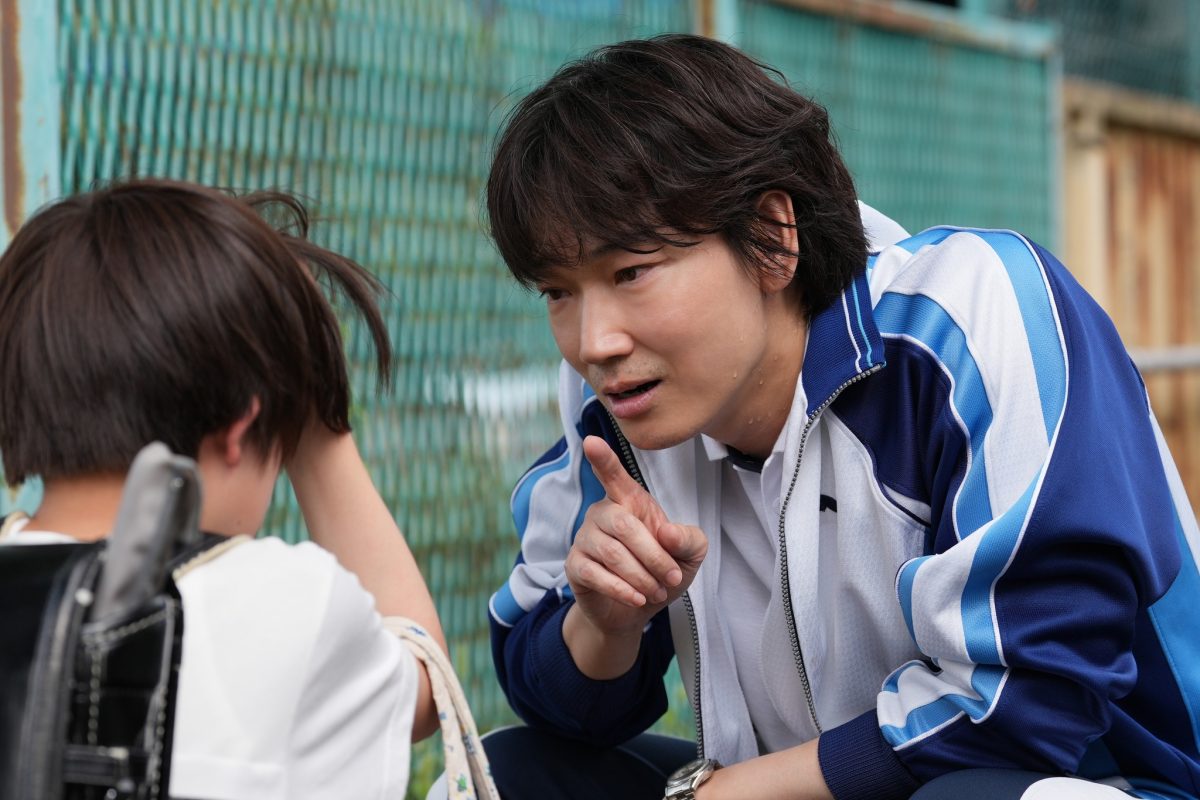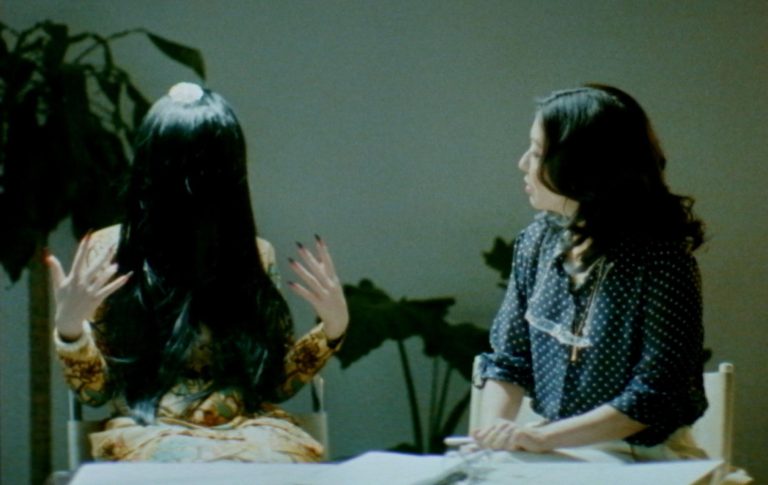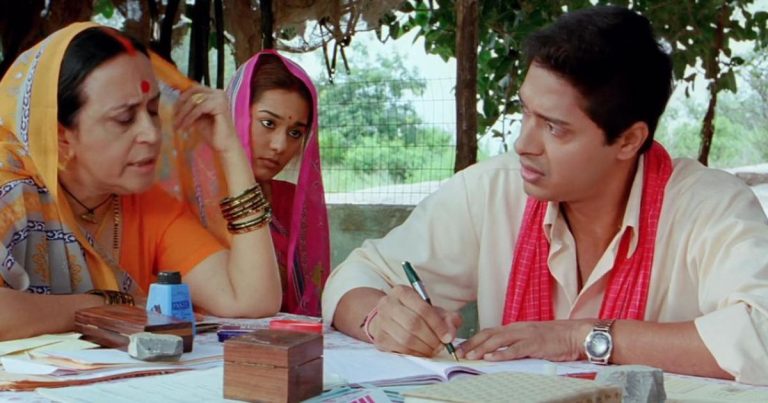We tell jokes about how many films Steven Soderbergh makes. We tell jokes about how many films Hong Sang-soo makes. But never—ever—do we joke about how many films Takashi Miike makes, lest we be crushed under the weight of a cinematic sadist’s endless catalogue. Since his debut in 1991, Miike has directed well over 100 different productions across various platforms; just to grasp the magnitude of that number, the man has directed more than 10 TIMES as many projects as Quentin Tarantino across the same period.
Like Tarantino, Miike’s most famous works skew towards the bloodthirsty, but with a filmography that vast, one would assume—imagine, hope, pray—that such an endless sea would come with some variety.
True enough, Miike’s oeuvre expands the whole gamut from J-horror to jidai-geki action, and with “Sham” (his second film and third project of 2025), the director takes a stab (this one entirely metaphorical) at the courtroom drama. Diverse as his genre leanings may be, however, there’s no denying that what you see here is a Miike film, even at times when such a prospect feels antithetical to the film’s best interests.
“Sham” begins, in more expected Miike fashion, with a display of unmitigated abuse, this time in the form of an elementary homeroom teacher, Mr. Yabushita (Gô Ayano), who relentlessly tortures one of his young students, Takuto (Kira Miura). The torture in question ranges from physical (ear- and nose-pulling) to the verbal (telling the child that his distant American blood makes him “tainted”).
The boy’s shocked mother (Kô Shibasaki) is too distraught by this display to react, but when the abuse culminates in a suicide attempt and no concrete action is taken by the school, enough is enough; it’s time to bring matters to court and take Yabushita’s abuses to the media.
It is at this point, roughly 20 minutes into the film, that Miike employs a Rashômon effect, shifting our perspective to that of Yabushita to show us a side of the story distressing in a whole different register. Now, Tabushita is a timid, caring schoolteacher suddenly thrust into an unjustified abuse case with mounting accusations, courtesy of a sociopathically stone-faced mother and a bratty child whose only onscreen actions amount to his abuse of OTHER students. Now, the quest for justice is framed like a vicious witch-hunt.

Once the basic premise of “Sham” is laid out, it becomes somewhat difficult to ignore that it’s only been two years since we’ve gotten a fairly sturdy template for a multi-perspective Japanese drama centered on the supposed abuses of a schoolchild by a sketchy teacher. It becomes equally difficult to ignore that Hirokazu Kore-eda’s “Monster” more or less nailed this formula to such a degree that following in its footsteps so closely seems ostensibly pointless, but fear not, for Miike is most certainly employing his own creative spin on the subject.
By “creative spin,” I mean that “Sham,” as it progresses, begins to come across as though Miike intended to make his own version of “Monster” and then, halfway through development, decided instead that he wanted to make Thomas Vinterberg’s “The Hunt.” It’s an… interesting spin if nothing else, and one that feels more suited to the director’s tight grasp of boiling tension, manifested in copious dutch angles and off-kilter performances; it’s also, in practice, an approach that feels entirely wrong for a story of this magnitude.
That “Sham” more or less abandons its Rashômon structure in its second section and fully dedicates itself to showing us that, indeed, one perspective is overtly correct over the other, probably works better for the sadistic tone Miike is aiming to achieve—complete with the occasional levity of small victories—but it also makes the film far less interesting in that the shift between registers is far too stark.
Few of Miike’s choices appear as cleverly subvertible depending on whose perspective is reciting them; instead, Yabushita goes from a torturous monstrosity to a man so timid that a stiff wind would blow him over.
“Sham” also, in its chosen dramatic leanings, proves so overtly inconsistent in its tone as a result—Shibasaki’s performance, from startled mother to downright sociopath, makes this most apparent regardless of how effectively she embodies both halves—culminating in the awkward insertion of whoop-worthy audience moments in a film centered on accusations of child abuse.
Neither “Monster” nor “The Hunt” comes to directly address the courtroom in their dramatic storylines, instead relying on the damning power of the court of public opinion. “Sham,” for its part, takes on both angles to show where the possibility of overcoming one doesn’t necessarily save you from the sentencing of the other.
It’s a potentially worthwhile through-line that Takashi Miike plays around with, but one he plays around with far too merrily for such distressing subject matter; in a career marked by graphic horrors, the misled public court may very well constitute the one type of horror that exceeds Miike’s bloody grasp.





![Who Will Start Another Fire [2021] Review: A Mixed Bag with Powerful Surprises And Incredible Messaging](https://79468c92.delivery.rocketcdn.me/wp-content/uploads/2021/06/NotBlackEnough-768x432.jpg)


![Harakiri [1962] Review: Death Over Dishonour](https://79468c92.delivery.rocketcdn.me/wp-content/uploads/2019/09/harakiri-screenshot-1-768x432.jpeg)
